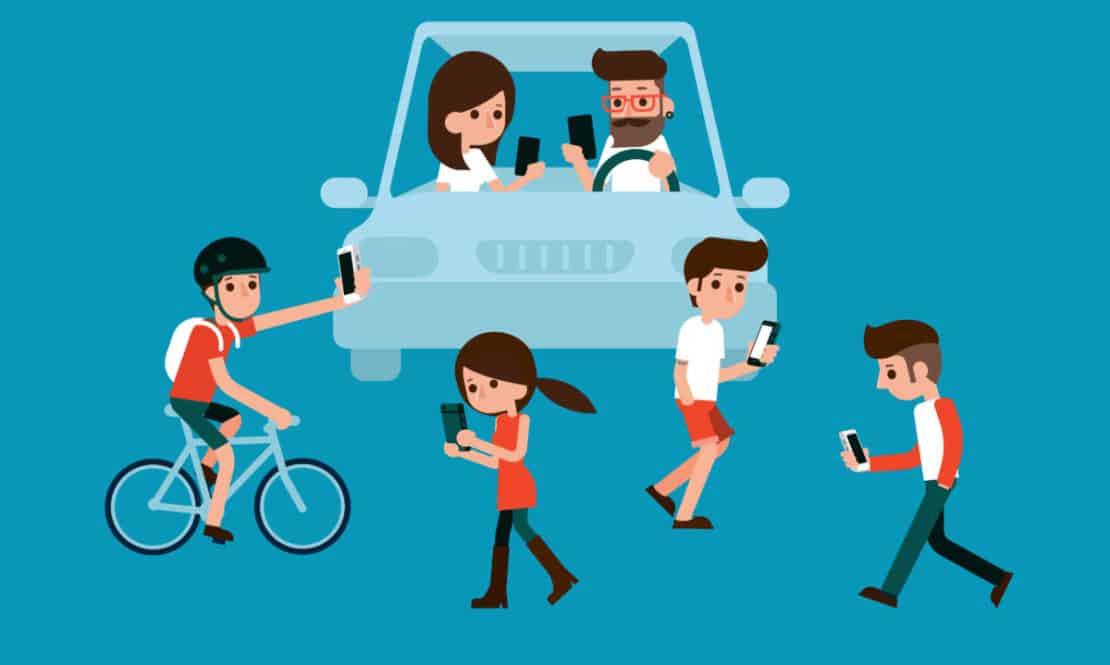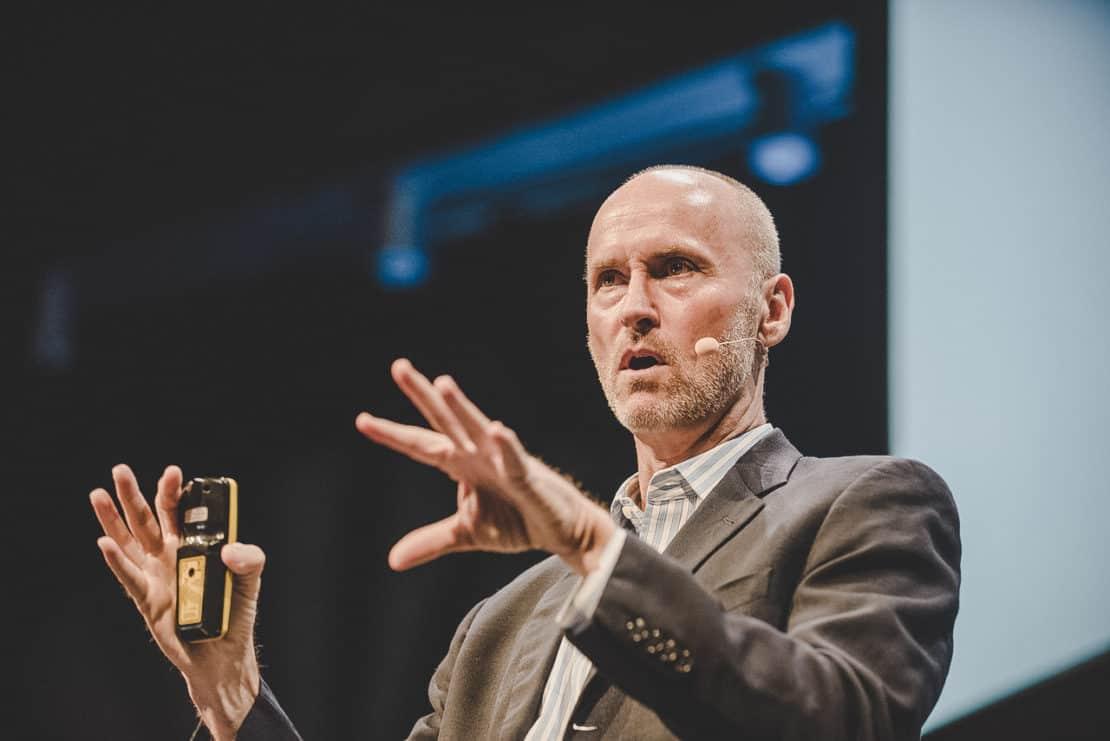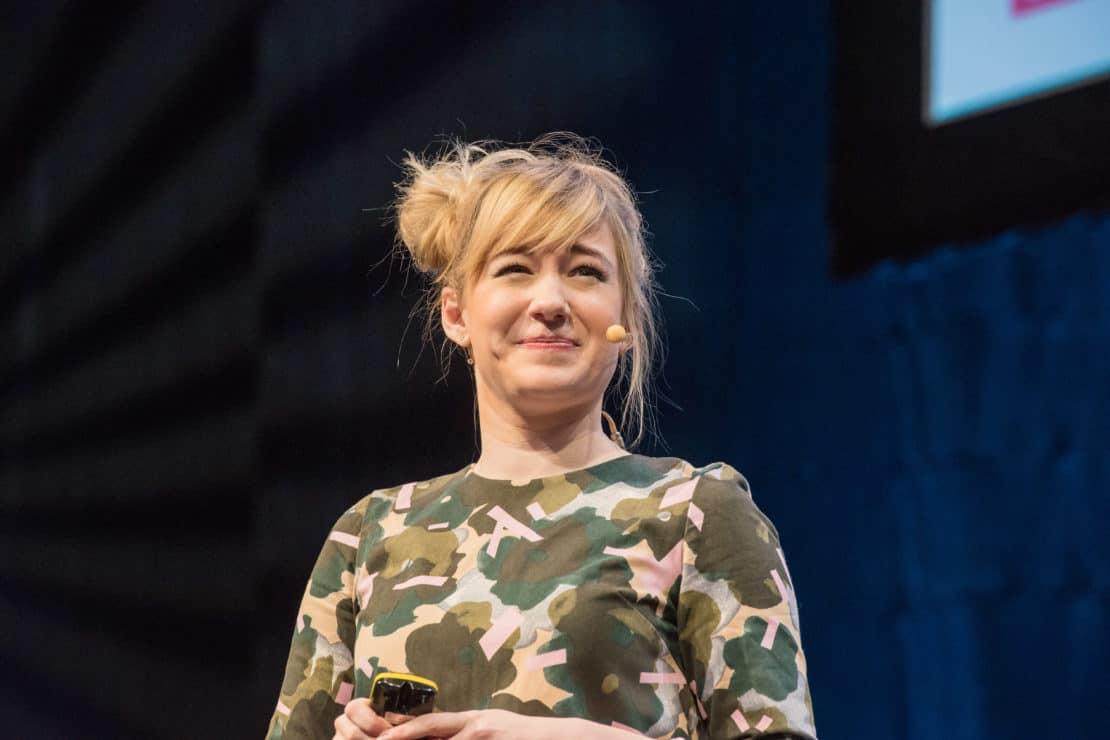15Mar2017
The social media landscape is evolving rapidly. Even though Facebook has been losing its teen demographic to apps like Snapchat, the 1,179 billion daily active users of Facebook make it still, by far, the biggest social media platform at the moment. Feature-wise, live streaming is positioned to be the next big battlefield, with Instagram, the Facebook-owned service, just recently rolling out its own live-streaming feature.
Also, Facebook has already been a part of the live streaming race with its Facebook Live. And Twitter is focusing more on its live streaming product, Periscope, after shutting down Vine, a video service that had more than 200 million monthly active users at one point.
While different products start to have similar features and look and feel more like the same, for many power-users and social media marketers, most products still represent their own cultures and serve a different purpose.
“For me, Facebook is about friends and close connections. Twitter is a place where I explore and exchange ideas with other people. Snapchat is like my real time quirky bits of visuals and video that I run across,” says Mana Ionescu, the founder of Chicago-based digital marketing agency, Lightspan Digital.
Meanwhile, with the rise of live streaming and on-demand streaming services like Netflix and HBO NOW, the shift of viewers moving from TV to social and digital channels seems even more evident. A recent study made by market research firms Focus Vision and Zanthus showed that 41% of pay TV subscribers (cable, satellite, etc.) are planning to either partially or completely cut their subscriptions in the near future.
Dick Costolo, the former CEO of Twitter, commented the product development trends during his visit to Nordic Business Forum in Finland. Costolo sees the destination for online discussion around offline events as Twitter’s biggest strength. “The great thing about Twitter is that it’s like the global town square. It’s the pulse of the planet,” he says. Whatever happens in the world, people still primarily take it to Twitter to talk about it.
The U.S. presidential election serves as a prime example. In this case, Twitter pursued the strategy of integrating live events right into the platform, by streaming the debates. Earlier in the year, they stroke a partnership deal with the NFL to live stream 10 Thursday Night Football games.
Social media reshaping the news industry
The live news nature of Twitter has also become important for journalists, as many timely news first break through Twitter. Reporters get immediate access to citizens reporting moments they would not have otherwise found. The current photo, video, and live streaming features have now equipped ordinary citizens with legitimate multimedia coverage tools.
“Periscope is the way people will break news. [Acquiring Periscope] wasn’t just a miracle intuition, but by paying attention to the landscape, and understanding the shift from communicating around media to communicating through media,” Costolo clarifies.
As he sees it, Snapchat contributed a lot to a shift in the communication landscape. “I paid attention to it and understood how Evan [Spiegel], the founder of Snapchat, was thinking about the difference between communicating around media, the old way of communicating, and on Snapchat, where people were communicating through media.” This prompted Periscope’s acquisition as a new way of broadcasting news through media.
Twitter hasn’t been the only social media giant to keep a close eye on Snapchat. After failing to buy Snapchat in 2013, Facebook has quickly built similar features, like Instagram’s “Stories”, into their products.
In the aftermath of the U.S. presidential elections, Facebook’s role as an influencer and distributor was called into question after fake news and misinformation on Facebook were said to have affected the election result.
“Of all the content on Facebook, more than 99% of what people see is authentic. Only a very small amount is fake news and hoaxes. The hoaxes that do exist are not limited to one partisan view, or even to politics,” Mark Zuckerberg, the founder, and CEO of Facebook addressed the issue on his Facebook page in November.
However, the more posts are clicked, liked, shared, and otherwise “engaged,” the more the algorithms behind Facebook’s news feed will supply the users with similar posts.
“If you constantly like and comment on the posts of like-minded people, you’re only going to see posts from those people. You’re rarely going to see an alternate view. So, the fact that we turn to these social networks when, in fact, they are curated streams, based on our likes and preferences, is significantly changing how we do journalism. We’re basically creating our own publication for ourselves, and it’s very limited by this Facebook algorithm,” Ionescu elaborates.
Simultaneously, news organizations are struggling to capture views on their natural channels. Under the pressure of getting content spread and engaged on Facebook, clickbaiting and hyperbole have become serious concerns. “It’s a tectonic shift in how journalism is being done,” says Ionescu.
Usability, intimacy, and control
As the competition for becoming the dominant social media platform starts to include more copying of each other’s features, even slight differences and strengths start to become more and more important for the users.
Ionescu predicts that retaining and growing the user-base will always come down to usability and intimacy. “The rise of Snapchat came out of the rejection of Facebook becoming a place where everybody dumped everything. And the parents were watching what you were doing; and you were out of control,” says Ionescu.
Facebook users are hit on their news feeds with whatever people is sharing. Snapchat and Instagram, on the other hand, give users the option to look at other people’s stories or not. That creates a sense of intimacy and control.
“I think the next generations of social networks are going to be the ones that pay attention to people’s need to feel more in control, to feel like they can have more intimate interactions with others in their networks,” Ionescu anticipates.
She then wraps up her predictions by adding that Snapchat tapped into the needs and wants of the younger generations, and other social networks are trying to copy that. Then, unless Facebook cleans up its clutter, the road ahead won’t be an easy one. And Twitter may have a hard time to rise.
While many believe Twitter will vanish into digital dust, Ionescu feels optimistic about its future: “I still think it’s going to evolve, but they really need to pay attention to this brilliant, psychological tapping-into-the-psychology-of-your-audiences move that Snapchat has made. They really get it.”


